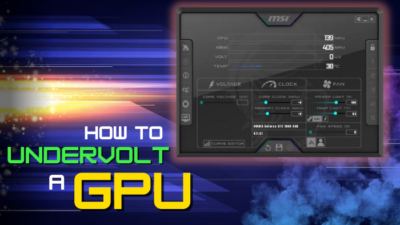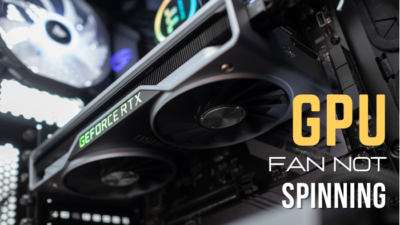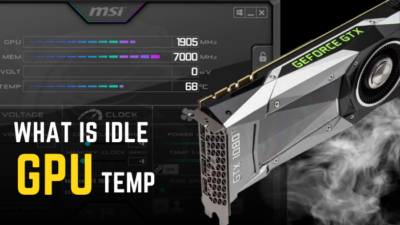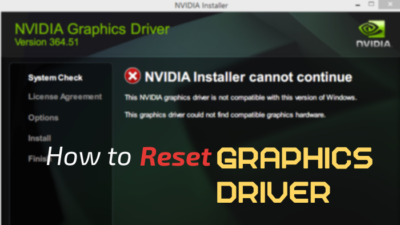When you buy a new graphics processing unit (GPU), you anticipate it to perform perfectly straight out of the package.
However, even with a new Graphics card, users can occasionally encounter artifacts or visual hiccups.
So, in this article, I’ll go over the causes of why this can occur and what you can do to prevent it.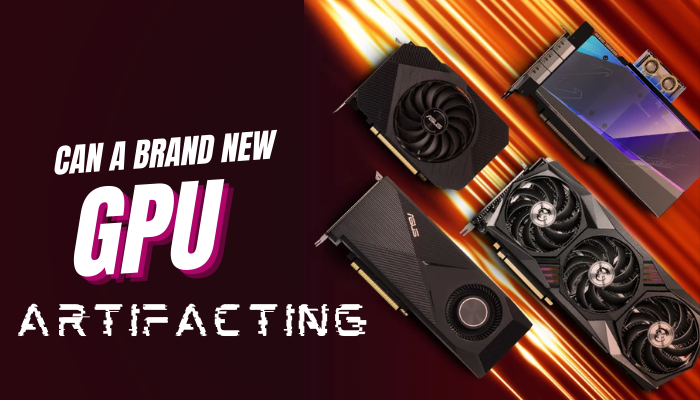
Let’s get started.
Can a Brand New GPU Artifacting?
Yes, a brand-new GPU can exhibit artifacts for a variety of causes. GPU artifacting can appear because of a manufacturing flaw, a power supply problem, or physical damage. Additional factors like overheating and a VRAM problem can result in GPU artifacting.
Artifacting can appear with a completely new Graphics card due to a manufacturing error. Component welding or improper thermal paste implementation can occur during the manufacturing process.
These manufacturing flaws can create issues with the graphic card. As a result, a brand-new GPU may produce artifacting.
Another cause why artifacting can appear with a new Graphics card is compatibility problems. The Graphic card may be incompatible with other components of the computer, such as the motherboard or power supply.
Incompatibility can result in the GPU receiving inadequate power or data, which can cause screen stuttering.
You need to read our epic guide on does GPU Artifacting mean defective?
What Exactly Is GPU Artifacting?
Artifacting occurs when a GPU causes visual abnormalities on the screen such as flashing, deformation, and artifacts. Artifacting can appear during regular use when operating demanding applications such as computer games or graphical fidelity programs.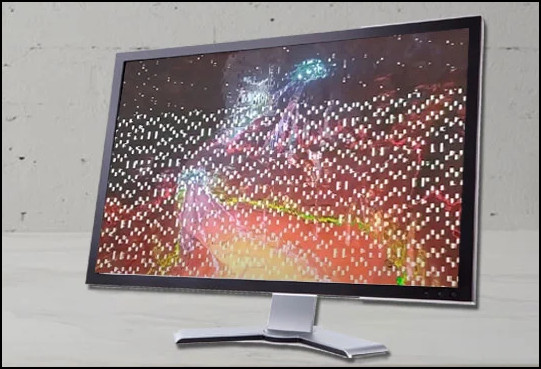
GPU artifacting is a kind of image deformation that happens when a graphics rendering unit is overloaded. Graphics card artifacting indicators can differ, but they typically present as strange visual artifacts on the computer monitor.
These artifacts can surface as flashing, deformation, or random images in places where they should not be. In some instances, the PC will even malfunction or freeze.
A frequent cause of Graphics card artifacting is an inadequate power supply to the video card. High-performance video cards need a great deal of power to run.
So, if the power supply is insufficient, the graphics device may not function properly. These are the errors that are responsible for GPU artifacting.
What Does GPU Artifacting Look Like?
If you notice that random lines or symbols display on your computer’s screen/display, this is a sign of GPU artifacting. Out-of-place patterns, distorted hues, and screen flashes in games or applications are also signs of video card artifacting.
There are additional indicators of Processor artifacting. Simply read the part below to find out.
Here are some indicators of GPU artifacting:
Color Distortion
When shades appear distorted, typically with vivid and vibrant colors, this is one of the most common signs of graphics card artifacting. The incorrect colors are displayed fully as these colors turn brownish-gray or over-saturated.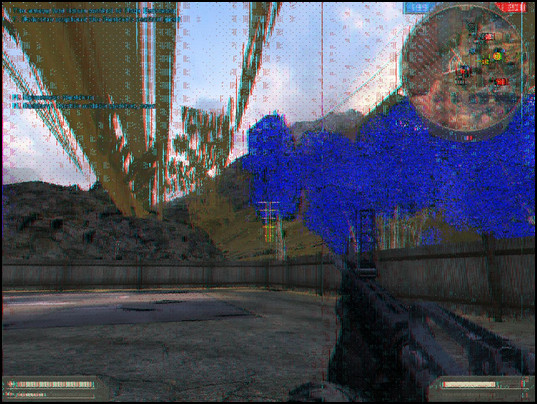
Screen Flickering
Screen flickering is another frequent symptom of GPU artifacting. This process can appear in many forms, but the most common is the image flashing on and off or blinking quickly.
Artifacts on Screen
Graphics card artifacting, refers to the possibility of actual artifacts appearing on the computer’s monitor. Due to small spots or outlines and graphical errors, it might be challenging to understand what is occurring.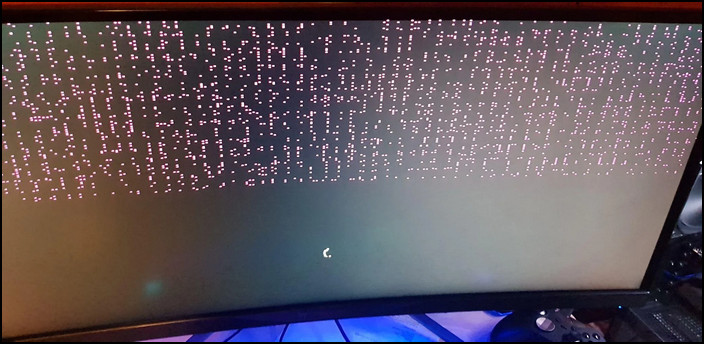
What Causes GPU Artifacting?
The most common causes of GPU artifacting are high temperatures on the video card core, obsolete drivers, and using the graphics card beyond its capabilities. Production faults from the factory and Hardware Problems also cause video card artifacting.
Other factors can also result in Processor artifacting. Simply read the part below to learn more.
The following are the primary reasons for GPU artifacting:
Overheating
When your Graphic card gets too hot, it can trigger artifacting and other visual problems. This error can arise if your pc or gameplay device is in an inadequate ventilation area and your GPU’s airflow or heat sinks are full of dirt.
Driver Issues
GPU artifacting can cause by obsolete or faulty drivers. This old driver can cause GPU arifatcting if you’re operating older systems that might not be compatible with more recent drivers.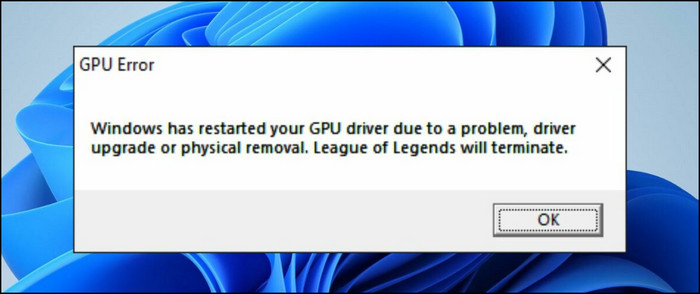
Overclocking
If you overclock your graphics card, you might force the GPU past its breaking point. That could result in artifacting or other visual hiccups.
Power Source Problems
GPU artifacting is caused by the power source when the voltage is too low and the video card isn’t receiving enough power.
However, excessive power consumption can also result in Computer artifacting. Therefore, choosing the proper power source for the video card is crucial.
Hardware Issues
Lastly, hardware problems like a damaged Video card, a failing power source, a faulty monitor, or a malfunctioning display cable can contribute to GPU artifacting.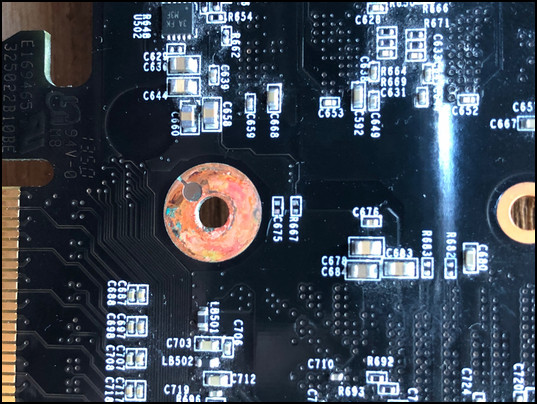
How to Fix GPU Artifacting
Users can resolve GPU artifacting by turning off overclocking, monitoring GPU temperatures, and inspecting the GPU’s PCB for physical harm. Updating the video card driver and confirming all connections are correctly connected can also help to resolve GPU artifacting.
Users can also use other ways to fix GPU artifacting. Simply read the part below to learn about those methods.
The following are the procedures to remove GPU artifacts:
1. Reduce Overheating
Overclocking a GPU forces it to exceed its capabilities and raises its temperature. Overheating the Processor can result in artifacting.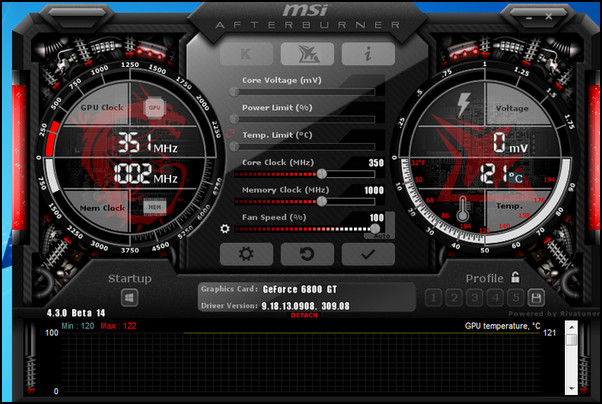
So, users need to prevent any kind of overclocking to avoid overheating the GPU. This choice has the potential to eliminate GPU artifacting.
2. Check Your Graphics Card
The first step in resolving GPU artifacting is to check your graphics card is correctly seated in the PCI-e slot. Artifacting can occur when the card becomes loose due to movement or other causes.
Verify that the PCI slots on your motherboard are compilable with your graphics card. Check that all other components are correctly connected to the GPU as well.
3. Update Your Graphics Drivers
One of the most prevalent reasons for GPU artifacting is obsolete or damaged graphics drivers. To resolve this, you must upgrade your graphics drivers to the most recent version accessible.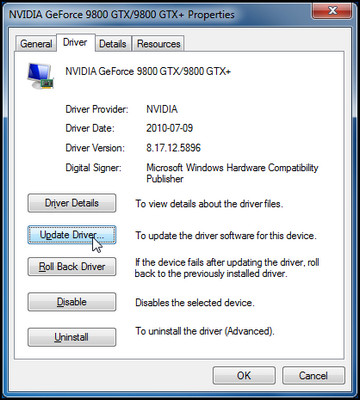
You can do this by checking the webpage of your graphics card manufacturing company and downloading the newest drivers for your particular card model.
4. Cooling Issues
Heat buildup is another frequent reason for Processor artifacts. Your graphics card may malfunction and create artifacts if your Graphic card overheats.
You must make sure that your video device is appropriately ventilated and cooled. And, that it is free of debris.
5. Replace Your Graphics Card
If none of the above solutions have worked, your graphics card might need to be changed. If your video card is still under warranty, you can seek a replacement from the manufacturing company.
Conclusion
While artifacting on a brand-new graphics card is uncommon, it can occur due to manufacturing flaws, compatibility errors, or software problems.
However, knowing the reasons and potential solutions, you can address the issue and restore your computer to working order.
If you have anything in mind, comment in the section below.

